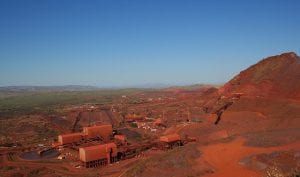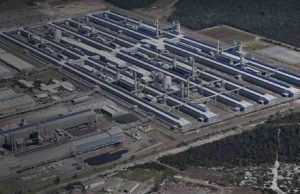Australian wave power developer, Carnegie Wave Energy, has signed a deal to develop wave energy projects in Chile and Peru, using its world-leading CETO technology to help supply renewable energy and water to some of the region’s most remote island outposts.
Carnegie, which in February switched on the world’s first grid-connected wave energy array in its home town of Perth, said on Wednesday it had signed a Collaboration Agreement with Fundación Chile (FCH) to help develop commercial wave energy projects in the two South American countries, and to assess the potential to produce electrical power and desalinated water.
The ASX-listed company said the deal also extended to developing marine energy in the Valparaiso Region, including the Easter and Robinson Crusoe Islands – two of the most remote inhabited islands in the world.
Carnegie says the primary objective of this project is to finalise a survey of the energy requirements of the region, including assessing for the first time wave resources at both the islands.
Robinson Crusoe and Easter Island – with 5,800 and 1,000 residents respectively – are currently reliant on standard diesel generation for most of their power and water supply; a situation the Chilean government is trying to address with an energy plan heavy in the development of renewables.
So far, Chile’s focus has been on solar. But with its world class wave resource, Carnegie’s CETO technology – whose submerged pumps feed high pressure water onshore to a power station and desalination plant, supplying renewable energy and fresh water – is an obvious match for the coastal country.
“The agreement we have signed with Carnegie represents a great opportunity for our organisations to collaborate towards making wave energy a reality in this part of the globe,” said Fundación Chile’s head of renewables, Juan Ramon Candia.
Carnegie, having successfully switched on the Perth Wave Energy Project, is currently testing its next level CETO 6 Units which, at 1MW, will have a power capacity some four times that of the CETO 5 generation used in the Perth project.
Its CETO 6 project, which recently reached financial close, will see an array installed around 8km further offshore from the current Perth Project, the company says, with the exact location yet to be determined.








